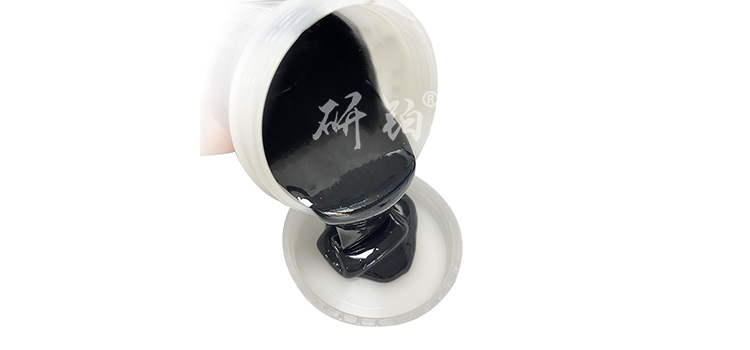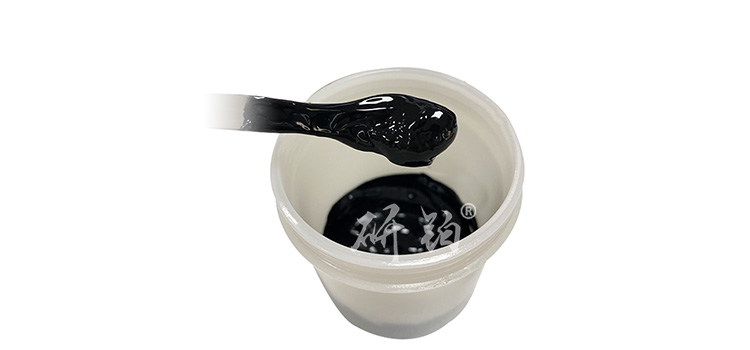

Hotline:0755-22277778
Tel:0755-22277778
Mobile:13826586185(Mr.Duan)
Fax:0755-22277776
E-mail:duanlian@xianjinyuan.cn
(
Resistance and square resistance are not the same thing, but there is a certain correlation between the two.
Resistance refers to the ratio of the potential difference generated by the current passing through a conductor to the current. It is a physical quantity that describes the ability of a substance to resist the passage of electric current, usually represented by the Greek letter ρ (rho), with the unit being ohms (Ω).
Square resistance refers to the resistance value per unit area, which can also be understood as electrical resistivity. It is a physical quantity that represents the ability of a substance to resist the passage of electric current, usually represented by the Greek letter ρ (rho), with the unit being ohms per meter (Ω· m).
It can be seen that both resistance and square resistance describe the ability of a substance to resist the passage of current, but resistance describes the degree of resistance of the substance itself, while square resistance describes the magnitude of resistance per unit area. In practical applications, the square resistance can be obtained by dividing the resistance of a substance by its cross-sectional area. Therefore, there is a certain correlation between the two.
)

What is Fangzu?
Is there a unit for blocking?
How to measure square resistance?
How to design the resistance of thick film circuits?
resistor pasteThe square resistance refers to the resistance value per unit area, which can also be understood as electrical resistivity. In electricity, resistivity is a physical quantity that represents the ability of a substance to resist the passage of electric current, usually represented by the Greek letter ρ (rho), with the unit being ohms per meter (Ω· m). The resistivity is related to the magnitude of the resistance, the physical properties of the material, and temperature. When the slurry contains particles or additives with high conductivity, the electrical resistivity will decrease, resulting in better conductivity of the resistive slurry.

At a length of l, a width of w, and a height of d (i.e. film thickness), where L=l, S=w*d, So R=ρ * l/(w * d)=(ρ/d) * (l/w). Let l=w, then R=(ρ/d), where ρ is the resistivity of the material and R is the square resistance.
Definition: In a film with a length of l, a width of w, and a height of d (i.e. thickness), where L=l, S=w*d, So R=ρ * l/(w * d)=(ρ/d) * (l/w). Let l=w, then R=(ρ/d), which is the square resistance.



Advanced Institute (Shenzhen) Technology Co., Ltd, © two thousand and twenty-onewww.avanzado.cn. All rights reservedGuangdong ICP No. 2021051947-1 © two thousand and twenty-onewww.xianjinyuan.cn. All rights reservedGuangdong ICP No. 2021051947-2